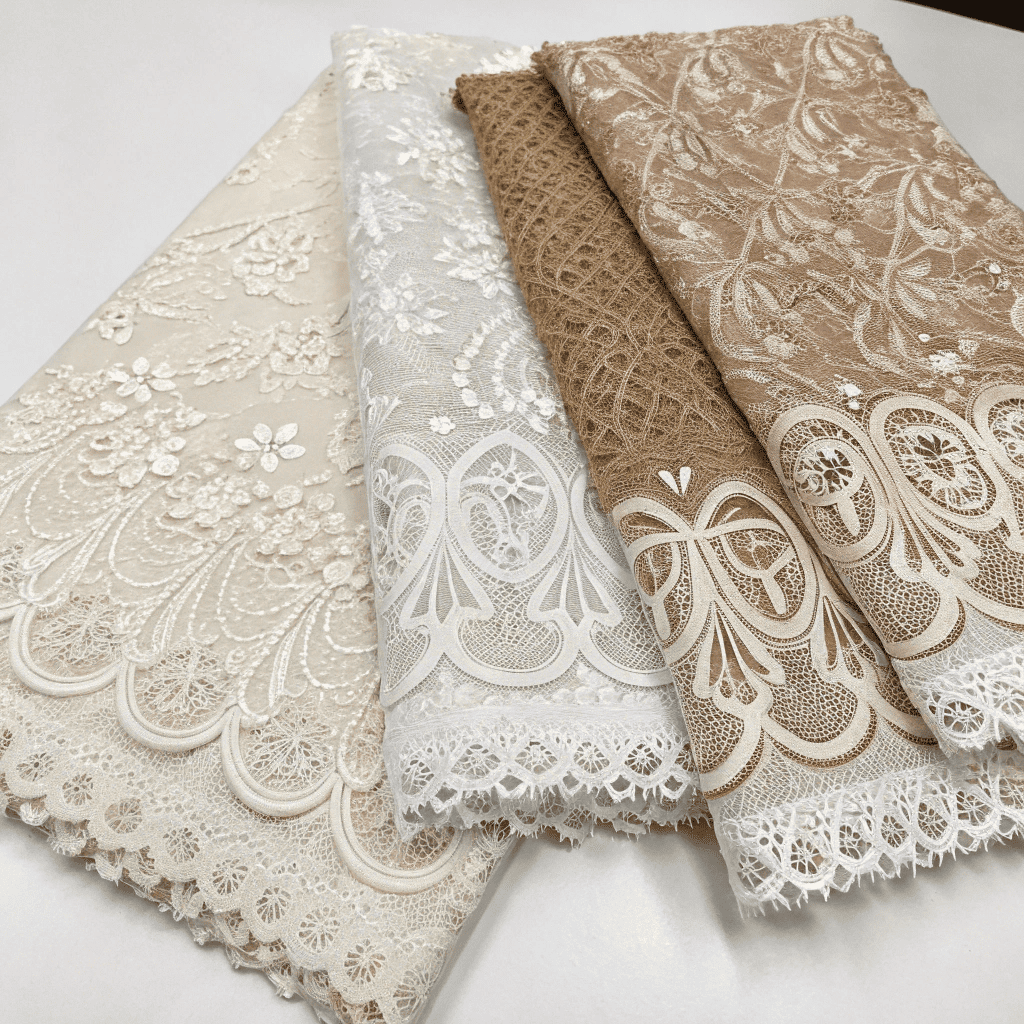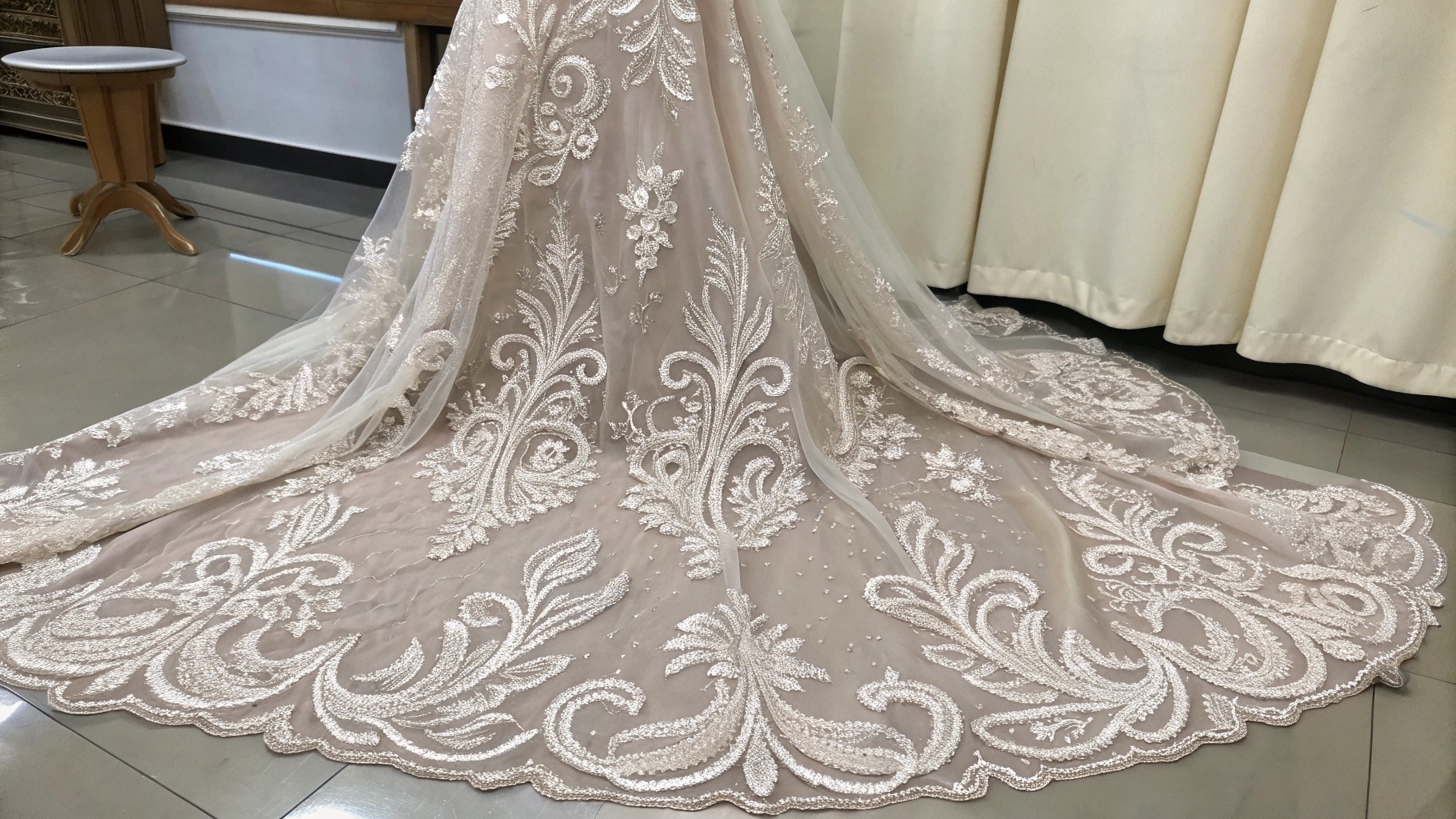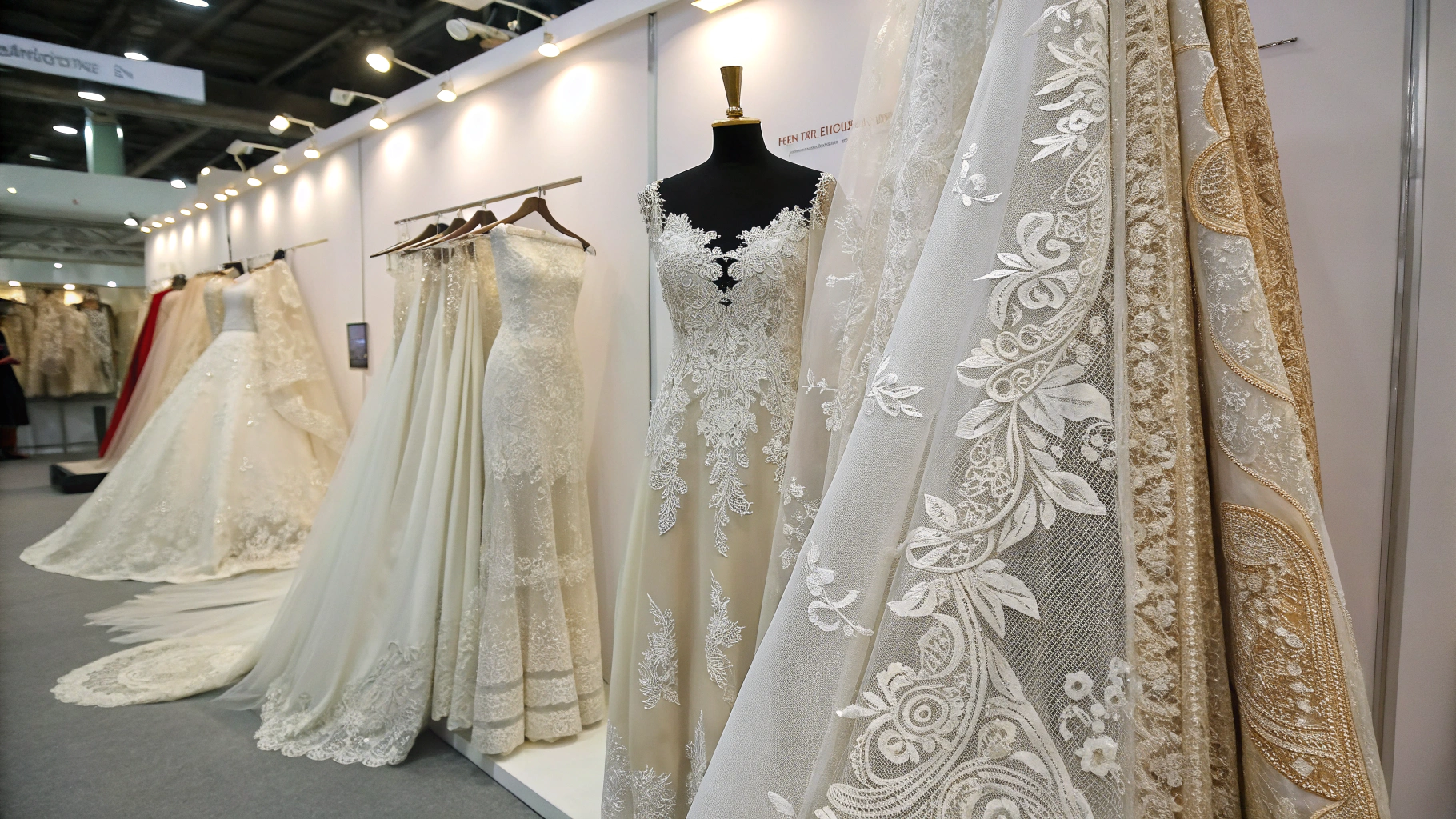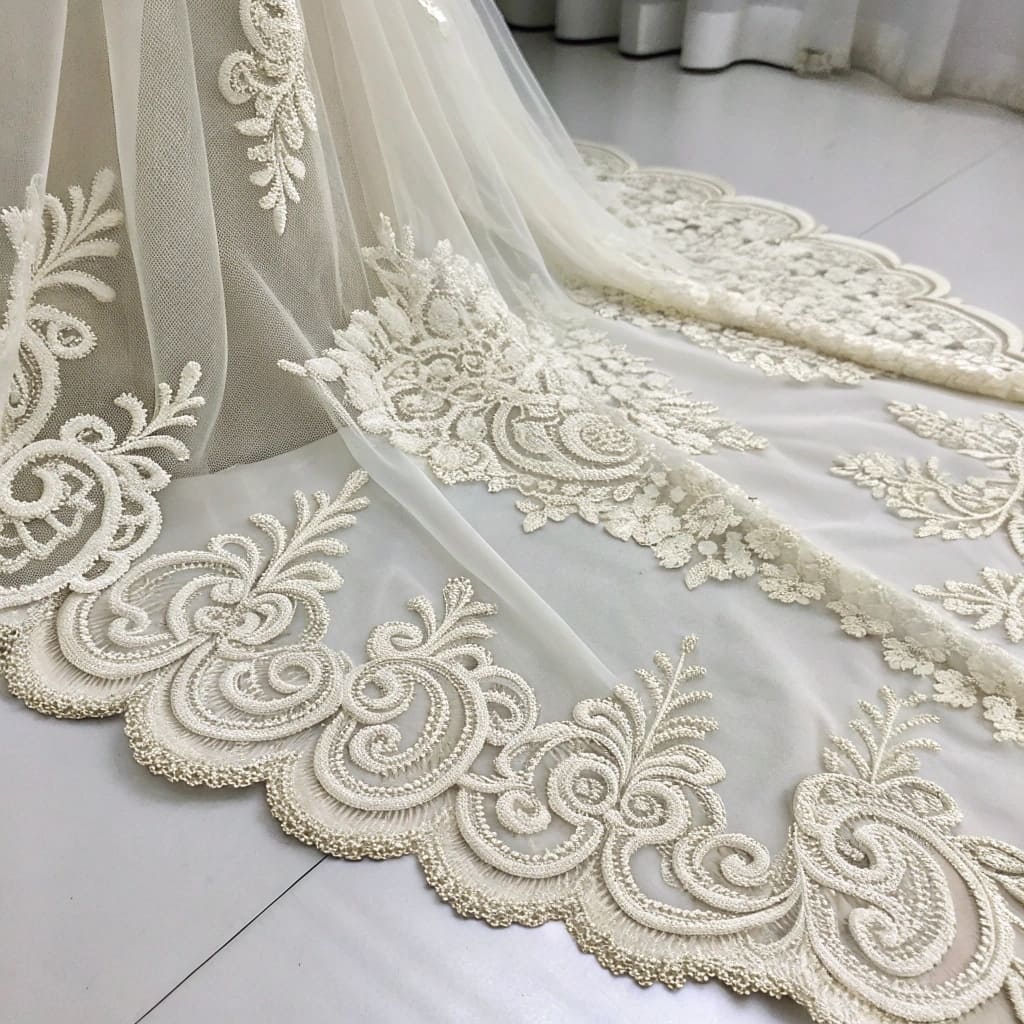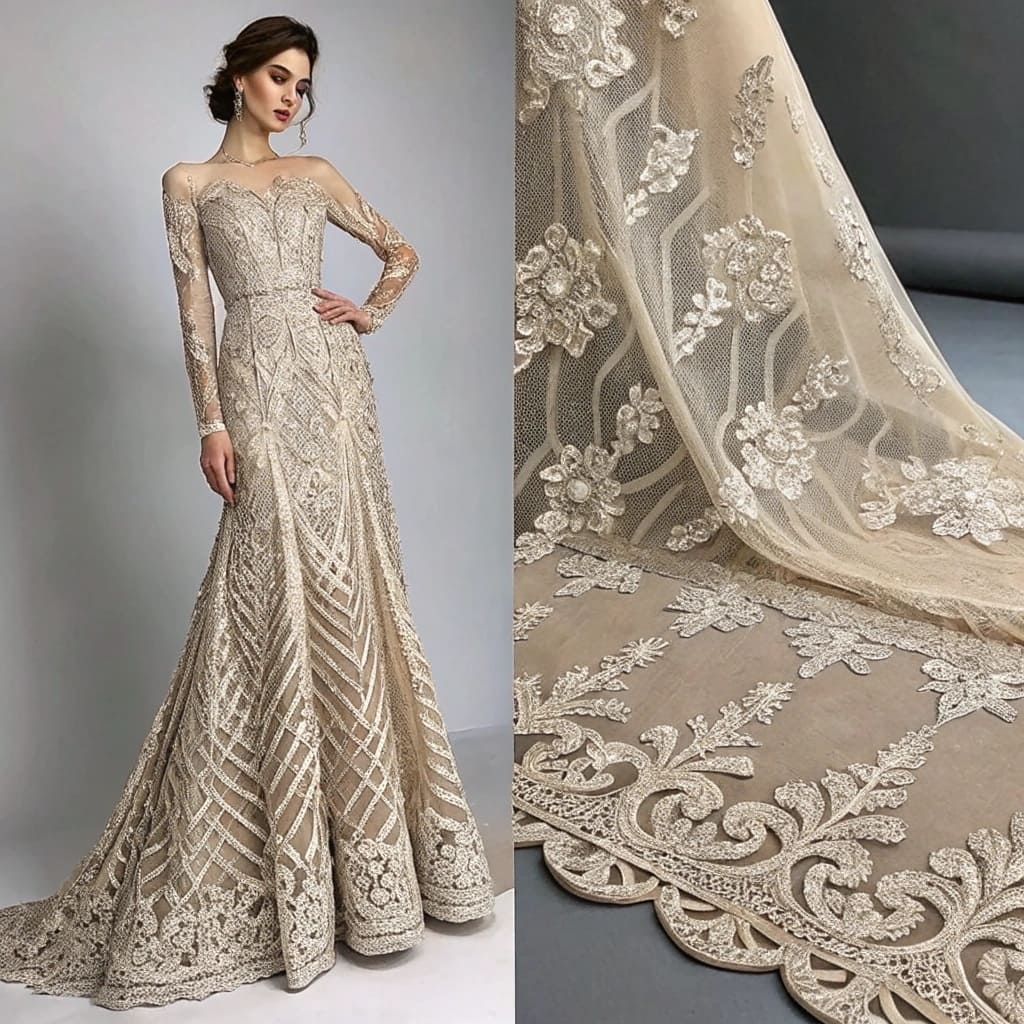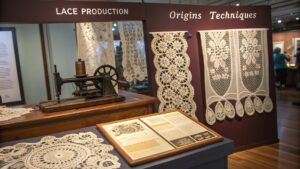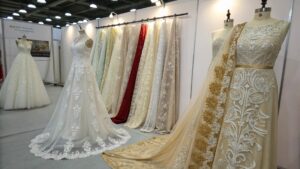different-types-of-lace-fabricLace fabric shopping can quickly become overwhelming. With countless patterns, materials, and manufacturing techniques, even experienced designers struggle to identify the perfect lace for their projects. I’ve seen confusion lead to costly mistakes.
Lace fabric comes in three main categories: raschel lace (machine-made, most common), guipure lace (embroidered on dissolvable backing), and bobbin lace (handmade, most expensive). These types differ in production method, appearance, durability, and price point, with each serving different fashion and decorative purposes.
When I first started working with lace at Marry Lace, I was amazed by the rich variety and complexity of this beautiful textile. Understanding lace types isn’t just about aesthetics – it impacts durability, comfort, production capabilities, and ultimately your product’s success. Let’s explore the fascinating world of lace fabrics together.
What Are The Three Types Of Laces?
If you’re new to lace, the sheer variety can be confusing. How do you choose between countless options when each project demands something specific? This classification challenge affects everyone from novice designers to experienced manufacturers.
The three primary types of lace fabrics are bobbin lace (handmade using pins and bobbins), needle lace (created with a needle and thread), and machine-made lace (produced on specialized equipment). Bobbin lace features intricate patterns, needle lace offers incredible detail, while machine lace provides consistency and affordability.
Looking deeper at these three foundational categories helps us understand the entire landscape of lace fabrics. At Marry Lace, we’ve worked with all these varieties extensively, and each has distinct characteristics worth exploring.
Bobbin lace represents one of the oldest and most intricate lacemaking techniques. Dating back to the 16th century, this method involves manipulating multiple threads wound on bobbins around pins set in a pattern on a pillow. The resulting fabric features distinctive geometric patterns with a three-dimensional quality that’s immediately recognizable to experts. When examining bobbin lace, look for the characteristic "cloth" and "half-stitch" areas that create varying densities within the pattern.
Needle lace evolved as an extension of embroidery techniques, where artisans create the entire fabric using only a needle and thread. The process begins with a basic outline of threads, then gradually fills in spaces with intricate stitches. This painstaking method produces extraordinarily detailed and delicate results. Needle lace typically features more sculptural elements and higher relief than other types, making it ideal for exquisite bridal applications.
Machine-made lace revolutionized the industry by making lace more accessible and affordable. These include several important sub-categories:
| Machine Lace Type | Characteristics | Common Uses |
|---|---|---|
| Raschel Lace | Bold patterns, sturdy construction | Apparel, home décor |
| Jacquard Lace | Complex designs, textural variety | Fashion, accessories |
| Leaver’s Lace | Fine details, mimics handmade | Bridal, lingerie |
What Is The Most Common Type Of Lace?
Many designers struggle to identify which lace varieties will be consistently available for production. Supply chain uncertainties can derail entire collections when working with rare or specialized laces. Which type can you depend on for reliable sourcing?
Raschel lace is the most common type of lace fabric available today, accounting for approximately 80% of global lace production. Created on specialized raschel knitting machines, this versatile lace offers excellent pattern definition, durability, and cost-effectiveness, making it the standard choice for many fashion and decoration applications.
Raschel lace dominates the market not only because of its production efficiency but also due to its remarkable versatility. At Marry Lace, our raschel lace production represents a significant portion of our manufacturing capacity, and I’ve watched this category continuously evolve.
The popularity of raschel lace stems from several key advantages. First, the production method allows for incredible design flexibility. Modern raschel machines can create patterns ranging from delicate, traditional motifs to bold, contemporary designs. This adaptability means raschel lace works across multiple fashion categories – from lingerie and bridal wear to everyday apparel and home décor.
Another factor in raschel lace’s dominance is its structural properties. Unlike some delicate handmade laces, raschel varieties offer excellent durability while maintaining a beautiful appearance. The knitting technique creates stable fabrics that resist tearing and hold up well to regular washing and wear. This practical advantage makes raschel lace particularly valuable for commercial applications where both beauty and longevity matter.
From a manufacturing perspective, raschel lace offers significant advantages:
- Higher production speeds (up to 1000 times faster than handmade lace)
- Consistent quality across large production runs
- Adaptable to various fiber compositions (nylon, polyester, cotton blends)
- Excellent cost-to-quality ratio
These factors have established raschel lace as the industry standard, particularly for embroidery lace fabric applications that require both aesthetic appeal and functional performance.
What Is The Most Expensive Type Of Lace?
When clients request "the best" lace, understanding price points becomes essential. Without proper knowledge, you might overspend unnecessarily or undervalue truly exceptional materials. Which lace truly represents the pinnacle of luxury and craftsmanship?
Hand-made bobbin and needle laces, particularly Brussels lace and Alençon lace, are the most expensive types, often costing hundreds or even thousands of dollars per yard. These labor-intensive laces require months of expert craftsmanship, use premium materials like fine linen or silk thread, and feature extraordinarily intricate patterns that cannot be replicated by machines.
The extraordinary value of premium handmade laces comes from a combination of factors that I’ve come to appreciate deeply through my work at Marry Lace. While our company specializes in high-quality machine-made varieties, understanding the entire spectrum of lace helps us appreciate the rich heritage behind this textile art form.
Alençon lace, often called the "Queen of Lace," exemplifies why certain varieties command such premium prices. Created through a needle lace technique in France, authentic Alençon requires up to 7 years of training before a lacemaker can produce professional-quality work. A single piece may take hundreds or even thousands of hours to complete, with artisans working on small sections at a time using incredibly fine needles and thread.
The production process for luxury handmade laces typically involves:
- Design creation by master pattern makers
- Transfer of designs to parchment or specialized backing
- Painstaking handwork to create the lace structure
- Addition of decorative elements (often individually)
- Finishing processes including gentle cleaning and blocking
Materials also significantly impact the final price. The finest laces use silk threads with counts so high they’re nearly invisible to the naked eye. Some historic pieces incorporated precious metals, with gold or silver thread accents increasing both beauty and value.
In today’s market, these heritage laces appear primarily in:
- Museum-quality garments and royal commissions
- Ultra-luxury bridal couture
- High-end collectible textiles
- Custom pieces for exceptional events
While most commercial applications utilize high-quality machine laces, understanding these premium varieties provides valuable context for appreciating the entire spectrum of lace craftsmanship.
What Is The Difference Between Chantilly Lace And Regular Lace?
Many designers get confused about Chantilly lace specifications. I frequently hear questions about whether it’s worth the higher price point and how it differs from standard options. What makes this particular variety special enough to call out by name?
Chantilly lace differs from regular lace through its distinctive floral pattern with defined outlines on a delicate net background, traditionally made from black silk. While regular lace encompasses various patterns and techniques, authentic Chantilly features precisely arranged floral motifs, a fine ground mesh, and scalloped edges, creating a more refined and luxurious appearance.
At Marry Lace, we’ve developed specialized expertise in producing high-quality Chantilly-style laces that maintain the aesthetic traditions while incorporating modern manufacturing efficiencies. The distinctions between Chantilly and other lace varieties reveal fascinating aspects of both textile history and production techniques.
Chantilly lace originated in the 17th century in France and gained significant popularity during the 18th and 19th centuries. Its distinctive qualities come from several key characteristics that separate it from more generic lace varieties:
-
Pattern Composition: Authentic Chantilly features precisely arranged floral designs, often incorporating roses, ribbons, and foliage elements. These patterns have a distinctive flowing quality with careful attention to botanical accuracy. In contrast, regular lace may feature geometric, abstract, or simplified floral motifs.
-
Ground Structure: The background of Chantilly lace consists of an extremely fine, hexagonal mesh known as "point ground." This delicate foundation creates the impression that the floral patterns are floating, unlike heavier laces with more substantial backgrounds.
-
Outline Technique: Traditional Chantilly employs a technique called "cordonnet" – a slightly thicker thread outlining the main pattern elements. This subtle detailing creates definition and dimension not found in simpler lace varieties.
-
Material Considerations: Originally made from black silk (though now produced in various colors), authentic Chantilly has a distinctive sheen and drape. Modern interpretations often use fine nylon or polyester to create a similar effect at more accessible price points.
When examining lace for bridal applications, the choice between Chantilly and other varieties significantly impacts the final garment’s appearance. Chantilly’s exceptional drape makes it ideal for veils and overlay applications, while its refined pattern work adds sophistication to bodices and sleeves.
The manufacturing complexity also differs considerably:
| Feature | Chantilly Lace | Standard Lace |
|---|---|---|
| Thread Count | Very high (fine) | Variable (often lower) |
| Pattern Density | Balanced with open areas | Often more uniform |
| Edge Treatment | Typically scalloped | Various (straight, scalloped, etc.) |
| Production Time | Longer due to detail work | Generally faster |
Conclusion
Lace fabrics come in remarkable variety, from everyday raschel lace to exquisite handmade treasures. Understanding these differences helps you choose the perfect lace for any project, balancing beauty, durability, and cost effectively.
